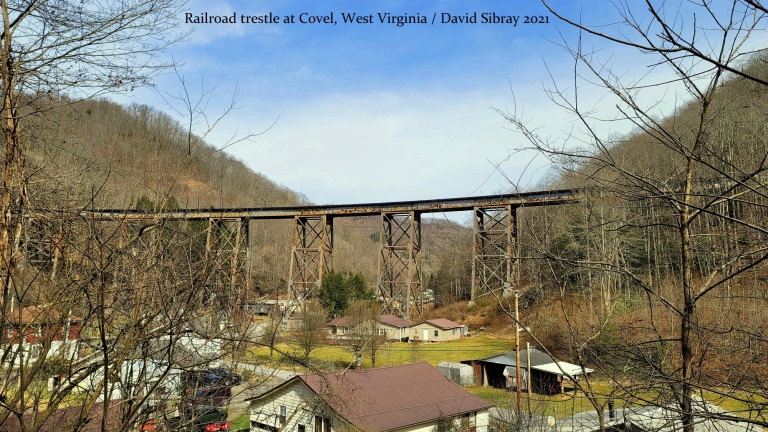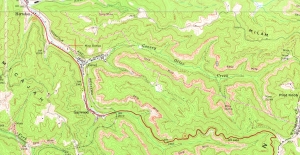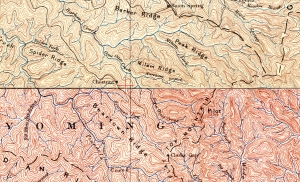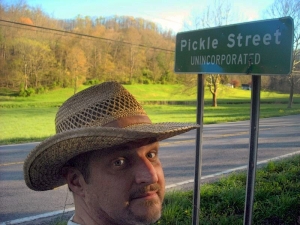
COVEL, W.Va. — From high among the peaks of Great Flat Top Mountain in southern West Virginia, there descends a stream that bears a unique name, Gooney Otter Creek. But what is a "gooney otter?"
The strange placename appears nowhere else in the world, but a renowned wildlife biologist may have the answer.

Jim Reed, now retired from the W.Va. Division of Natural Resources, has studied habitat across the Mountain State and has come up with an answer that he thinks explains the origin of the name.
"During several stream surveys on Barkers Creek and Gooney Otter Creek, I observed several mink along the streams—even during daylight hours," Reed said.
"I theorized that possibly 'Gooney Otter' may have acquired its name by early settlers observing mink, a smaller cousin of the much larger otter, along the stream. Not really a mink, but a 'gooney otter.' ”
At that time, Reed was the district fisheries biologist in charge of eight counties in southeastern West Virginia and was monitoring fingerling stocking of trout to determine survival and growth rates.
Gooney Otter and Barkers Creek and other tributaries of the upper Guyandotte River have since been established as catch-and-release trout fishing streams.
Reed says he can see why early settlers would have considered the mink a gooney version of the otter, "gooney" being a slang word for a foolish, silly, or awkward person or thing.
Because mink and otters are in the same family (Mustelidae), they highly resemble each other, Reed says. To tell these two species apart, size is the most important factor. Otters are large, almost four feet long, while mink are significantly smaller, measuring less than two feet in length.

"Possibly early settlers saw numerous small silly acting mink jumping around along the rocks of this creek and proclaimed there is a gooney otter!'" he said.
"The much larger otter is very graceful, and its dives and twists and rolls are sights to see in a large pool of water. While surveying the Meadow River near Nallen in Fayette County I observed an otter swimming and diving and performing a beautiful act that was just such a sight.
"In contrast, I observed numerous small mink going in and out of rocks and rubble along Gooney Otter Creek in Wyoming County near Bud. As Paul Harvey used to say, 'Now you know the rest of the story!'"
Origin of name "Pickle Street" remains a central W.Va. mystery

PICKLE STREET, W.Va. — Of all the odd community names in West Virginia, "Pickle Street" must rank among the oddest. Why this hamlet in Lewis County bears the name "pickle" is as much a mystery as why it is termed "street." READ THE FULL STORY OF PICKLE STREET HERE.
Sign up to receive of FREE copy of West Virginia Explorer Magazine in your email weekly. Sign me up!




























